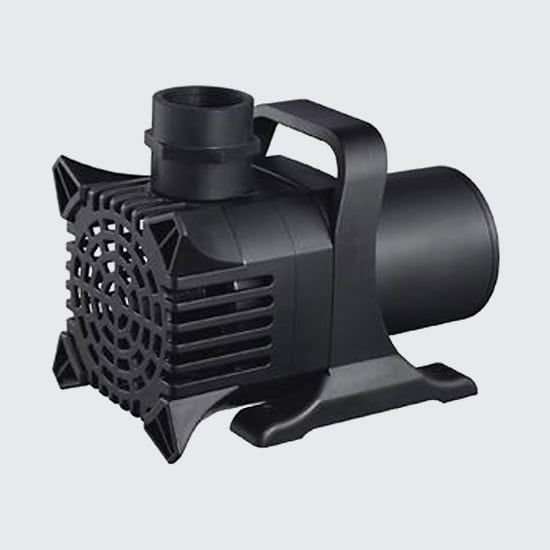Poor fountain performance creates frustration for property owners who invested in beautiful water features. These problems stem from inadequate pump systems that cannot handle the demands of continuous operation. Understanding common fountain issues helps owners identify when their current pump needs replacement or upgrade.
Water fountains pumps play a critical role in maintaining proper water circulation and pressure throughout the system. Weak water flow represents the most frequent complaint among fountain owners, often caused by undersized pumps that struggle to move water effectively. The right pump specification ensures an adequate gallons per hour (GPH) rating matches the fountain’s requirements for optimal performance.
Clogging issues plague many fountain systems when debris, leaves, and algae accumulate in poorly designed pump intake areas. Quality fountain pond pumps feature superior filtration mechanisms that prevent blockages before they occur. These systems include pre-filters and larger intake ports that accommodate natural debris without compromising water flow rates.
Understanding Flow Rate Problems
- Insufficient Water Pressure: Fountains require specific pressure levels to create attractive water displays and maintain proper circulation patterns. Undersized pumps cannot generate enough force to push water through complex fountain designs or reach desired heights. Professional-grade pumps deliver consistent pressure that maintains water features at peak visual appeal.
- If you notice a sudden decrease in flow from your fountain, nine times out of ten something is obstructing the flow of water into the pump. It could be the filter screen is clogged.
- Seasonal Performance Decline: Many fountain owners notice reduced performance during peak usage periods or extreme weather conditions. Temperature fluctuations affect pump efficiency, but quality units maintain stable operation across varying environmental conditions. This reliability prevents costly service calls and extends fountain lifespan significantly.
Noise Issues and Solutions
Pump noise disrupts the peaceful ambiance that fountains should provide in residential and commercial settings. Cheap pumps generate excessive vibration and mechanical sounds that become more pronounced over time. Quality units incorporate sound-dampening technology and precision engineering that operates virtually silently. If you suddenly notice racket coming from your pump, it is not fully submersed or there is obstruction of water flowing into the pump. One other cause could be a damaged impeller. It is necessary in such cases to remove the impeller from the pump for proper inspection.
Vibration Control Features: Modern pumps include rubber mounting systems and balanced impellers that minimize operational noise. These design elements prevent sound transmission through fountain structures while maintaining optimal water movement. Property owners appreciate the tranquil environment that professional pumps create.
Long-Term Reliability Benefits
- Maintenance Reduction: Quality pumps require less frequent cleaning and part replacement compared to budget alternatives. Superior materials resist corrosion and wear, reducing operational costs over the fountain’s lifetime. Property managers find that initial investment in reliable pumps pays dividends through reduced maintenance expenses.
- Energy Efficiency: Professional pumps consume less electricity per gallon moved, creating ongoing savings on utility bills. Variable speed options allow users to adjust performance based on seasonal needs or aesthetic preferences. This flexibility optimizes both performance and operating costs.
- Durability Standards: Commercial-grade pumps undergo rigorous testing to ensure consistent performance under demanding conditions. These units handle continuous operation, temperature extremes, and water quality variations without compromising reliability. Extended warranties reflect manufacturer confidence in product longevity.
Installation and Compatibility Considerations
Proper pump sizing prevents most fountain problems before they occur. Professional consultation ensures pump specifications match fountain volume, head height, and flow requirements. Correct installation eliminates air pockets and ensures optimal water circulation throughout the system.
System Integration: Quality pumps work seamlessly with existing fountain components including filters, lights, and control systems. Compatibility reduces installation complexity and ensures all elements function together efficiently. This integration approach maximizes fountain performance and user satisfaction.
Fountain problems disappear when property owners invest in reliable, properly sized pump systems that match their specific requirements. Quality pumps eliminate weak flow, reduce noise, and prevent clogging through superior engineering and materials. Contact a fountain specialist today to evaluate your current system and discover how the right pump can transform your water feature’s performance and reliability.
Featured Image Source: https://www.fountaintechpumps.com/wp-content/uploads/2022/11/fountain-tech-ft-3500.jpg
